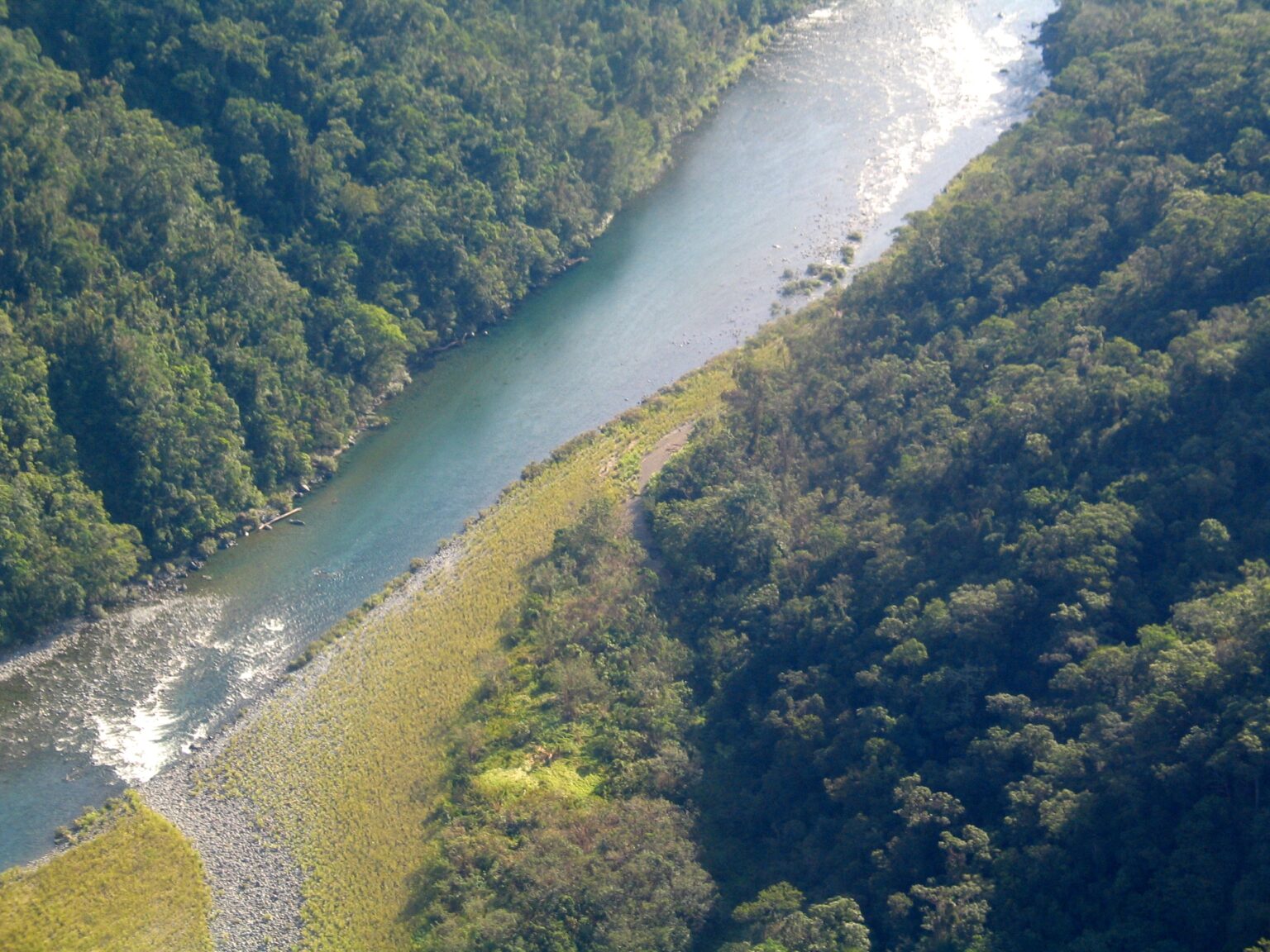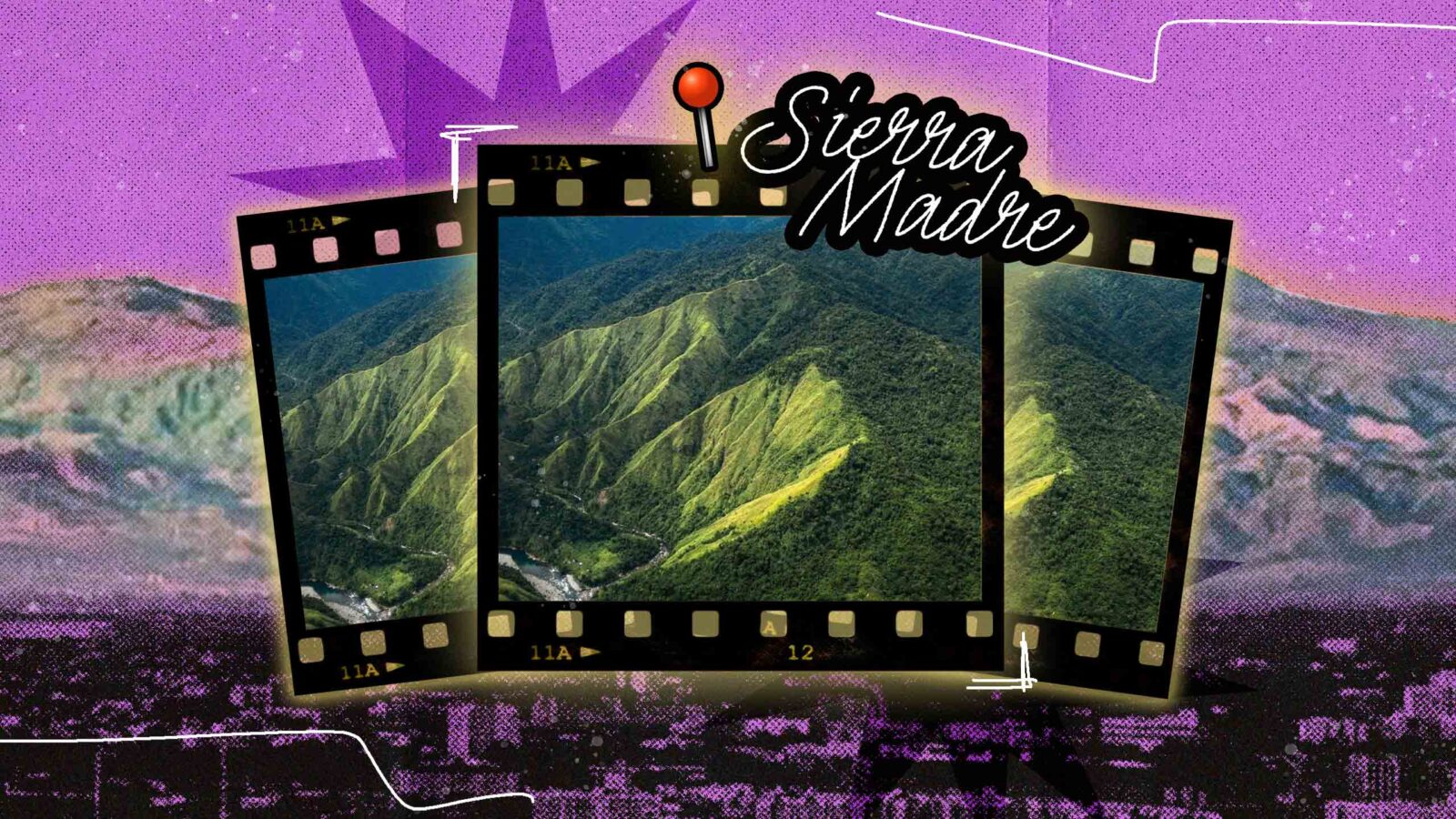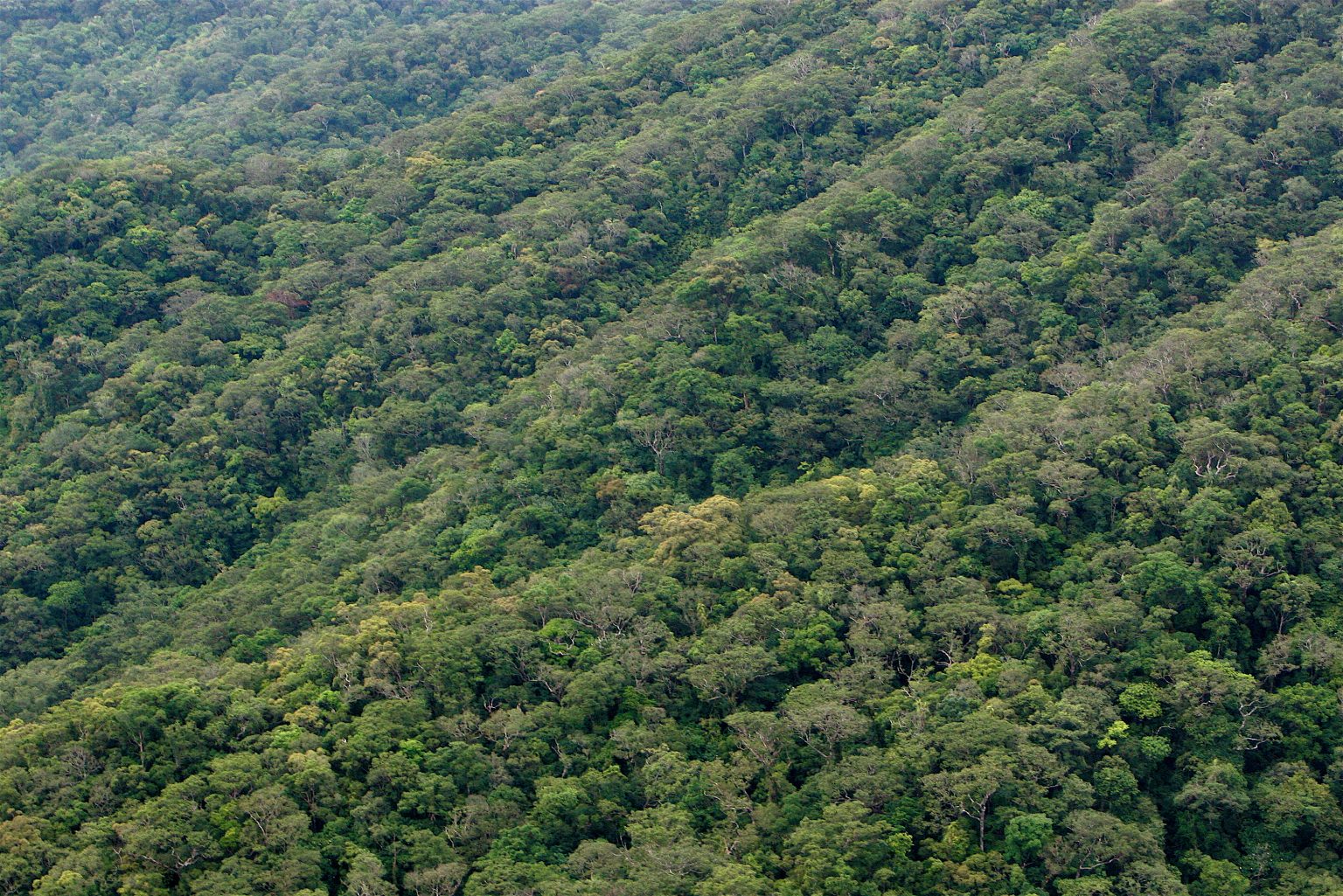The Sierra Madre is the talk of the town during typhoon season, but why exactly is this mountain range so important?
The Sierra Madre, also deemed “the backbone of Luzon,” “Luzon’s natural fortress,” and “the mother of mountains,” isn’t just a thing of natural beauty. The longest mountain range in Luzon is a geographically, ecologically, and culturally important land formation that stands tall against forces of nature, but is currently at the mercy of human action.
With the recent visibility of multiple typhoons, the four in particular (Marce, Nika, Ofel, and Pepito), the function of the Sierra Madre to shield areas in Luzon from typhoons or tropical cyclones emerges once again in discourse, inciting calls to #SaveSierraMadre and do our part to save our environment and the people dependent on it.
A VIEW OF FOUR STORMS
— Anjo Bagaoisan (@anjo_bagaoisan) November 15, 2024
A moving satellite image released by the US National Oceanic & Atmospheric Administration (NOAA) reveals the view from above last Nov. 11 over 8 hours of 4 typhoons that hit or are set to hit the Philippines this week: Marce, Nika, Ofel, & Pepito. pic.twitter.com/Gbv2OVzodG
More and more people have been speaking out about how each new typhoon season feel different, or about how the climate situation is worsening and we can actually see and feel the effects of this. The changing climate is affecting the formation of typhoons, and what we do to reduce the risks and hazards associated with them must also be put into question.
Studies show, however, that the Sierra Madre is not as hazard-mitigating as social media would suggest, and we’re here to set the record straight. Regardless, we cannot deny nor dismiss the importance of the mountain range to people and planet.
‘BACKBONE OF LUZON’
A popular sentiment that circulates on social media during typhoon season is that as tropical cyclones approach the Sierra Madre, the mountain range reduces their intensity and speed before the winds blow it past. The Sierra Madre as a barrier against these typhoons minimizes damage to land and livelihood.
However, studies such as Dr. Gerry Bagtasa and Dr. Bernard Alan B. Racoma’s, suggest that this claim is overblown, for lack of a better word. But it’s not completely wrong! The Sierra Madre does reduce wind exposure in the Cagayan Valley, Catanduanes, and Eastern Bicol area, as well as basin-wide rainfall in the Cagayan Valley, thereby mitigating some hazards from typhoons. The Cordillera Mountain Range offers the same protection.
However, as winds and storms slow down as they approach the massive land formation that is the Sierra Madre, this also means more rainfall as the typhoon stays for a longer period of time over a certain area. On one hand, it’s got a “storm breaking effect” that can block stronger winds and even provide more time for disaster response to mobilize. On the other, lengthened periods of rain still cause plenty of damage, especially since a lot of the hazards that directly affect us are because of water (e.g. flooding).
There is also cultural and ancestral basis for this, as ancient myth tells the story of a mother (Sierra), who laid down her life to protect her sons from the rage of a wrathful king, Bugsong Hangin. Jealous of Sierra’s husband Lusong, Bugsong Hangin poured his all into raining torrents and barraging winds down on the family. To protect her sons Tagalo and Iloco, Sierra laid down on the coastline and took the form of a mountain range, shielding them from wind and storm for time eternal.
Basically, the Sierra Madre does bear a brunt of the storms and winds, but its mitigating effects vary depending on the hazard and the area involved. However, scholars argue that “relying on mountain ranges as barriers to [tropical cyclones] is flawed, inaccurate, and potentially dangerous as this may lead to complacency.”
Typhoons are getting worse and more frequent due to warmer temperatures caused by climate change, and are causing damage that could be mitigated or reduced if we just had better systems for disaster response and prioritized proper action addressing the worsening state of the climate.
Besides being a storm barrier, the Sierra Madre does plenty to serve all living things. Its very existence still deserves to be protected against threats that affect not only the land, but the people dependent on and connected to it.
PEOPLE AND PLANET
The same scholars arrive at the same conclusion that conversations involving the Sierra Madre, and the Cordillera Mountain Range for that matter, should focus on biodiversity conservation and restoration. As a mountain range rich with biodiversity, in which protected areas such as the Northern Sierra Madre Natural Park reside, the Sierra Madre is a land formation of utmost ecological and cultural importance.
The Northern Sierra Madre Natural Park is currently on the Tentative List of UNESCO World Heritage Sites, up for consideration because of how it provides an area for “growth and development of unique habitats and their associated flora and fauna, which is among the most unique and richest on a per area basis among the park systems in the Philippines.”

Image
The mountain range with its rich forests also acts as a carbon sink as it absorbs carbon dioxide from the atmosphere. This allows it to perform functions to help “regulate temperature and stabilize weather patterns,” maintaining ecological balance and providing healthy habitats for wildlife species.
As all living things and what they depend on are intrinsically interconnected in ecosystems, we’re not just saving plants and animals—which should already be a priority regardless of what “function” they serve to humans—we’re saving valuable links of life and preserving natural wonders.
In terms of the Sierra Madre’s connection to humans, it’s also significant in terms of life, livelihood, and culture, and should be treated as such. It’s ancestral land, home to indigenous peoples such as the Dumagat-Remontado from Rizal and Quezon Province. Those who stand to defend the land and environment face powerful threats, with the Philippines being one of the most dangerous places to be an environmental or land rights activist. People are unfortunately just as at risk as the land they stand on.
IMMINENT THREATS
Like plenty of other habitats and lands, the Sierra Madre is in danger of being forever changed for the worse. Exploitation of the resources found in the mountain range is putting habitats, species, and people at risk of losing the land that has provided for them for so long.
From mining and quarrying to illegal logging and deforestation, infrastructure development to political neglect, various forces are stripping the Sierra Madre of what it has. This could lead to a myriad of losses—loss of ancestral land, agricultural resources, habitats and species, and yes, even what protection the mountain range provides from unruly weather.
Our focus should shift, as Dr. Bernard Racoma puts it, towards protecting the Sierra Madre for what it holds. Unfortunately, it seems as though this is not a sentiment shared by people in power, as many areas of the mountain range are still in need of conservation and protection.
Hello, it's me, the scientist wannabe. I've been holding off on commenting since it's not the appropriate time, but to clarify
— BA (ᜊ) (@bumaBAgyo) November 17, 2024
1. the mountain has shielding effects from wind
2. the mountain also enhances rain
3. protecting what the mountains hold is paramount. https://t.co/pEjEVORW9F pic.twitter.com/H9hRvQ1XKY
For instance, the Kaliwa Dam, a controversial project at the south of the Sierra Madre that will cause more environmental and land loss than its worth, has been receiving much protest and criticism from environmentalists, indigenous rights groups, activists, and even students demanding to put a stop to the construction.
The construction of the dam, merely a bandaid solution to problems of water and flooding, threatens not only biodiversity, endangered species and the very structure of the ecology, but also indigenous communities and culture as they are displaced from their ancestral land. It could also worsen the effects of typhoons.
LOOK: Members of the Ateneo De Manila University community gather along Katipunan Avenue to welcome Dumagat- Remontado indigenous peoples from Rizal & Quezon who are marching against the construction of the Kaliwa Dam. pic.twitter.com/3G8j4sW8Db
— Anjo Bagaoisan (@anjo_bagaoisan) February 22, 2023
While yes, people do need solutions to socio-economic issues, such as development and jobs, as Laura Bicker from the BBC notes, “the infrastructure and industries that provide those are often also responsible for the deforestation and flooding that threaten their future.”
It’s getting more and more frustrating how those with power opt for projects and “solutions” that treat environment and ancestry as afterthoughts, and as a response, the people are actively resisting, despite all threats. The Sierra Madre houses and protects an abundance of life, yet the question remains—how do we protect her and champion all that she safeguards?
Continue Reading: This Earth Day, Here Are 7 Ways You Can Help Out The Environment In Your Local Community








